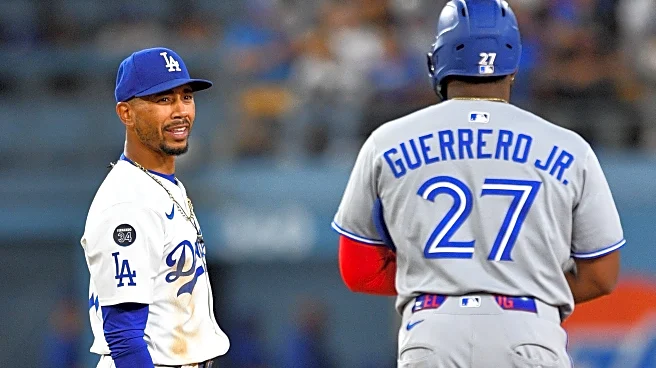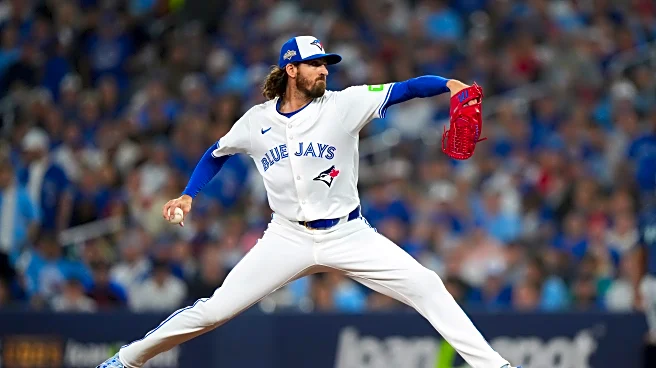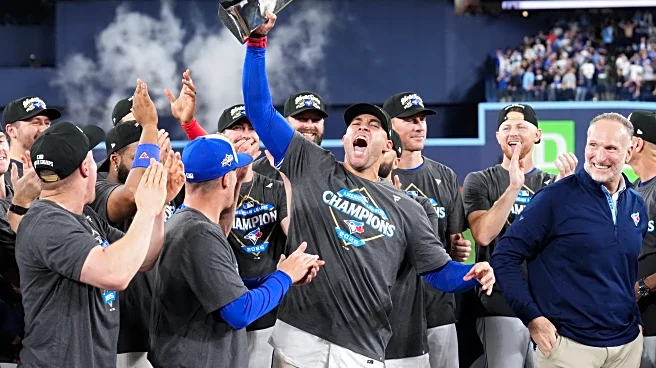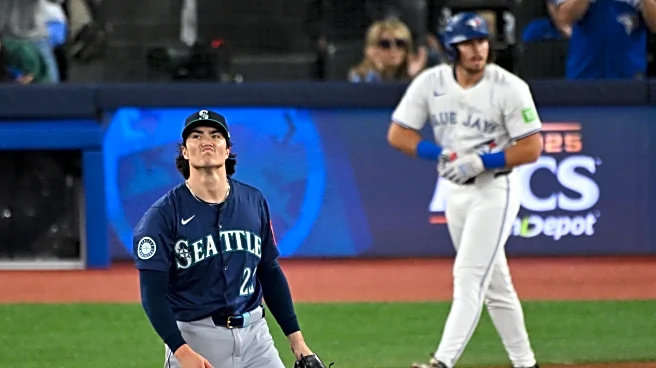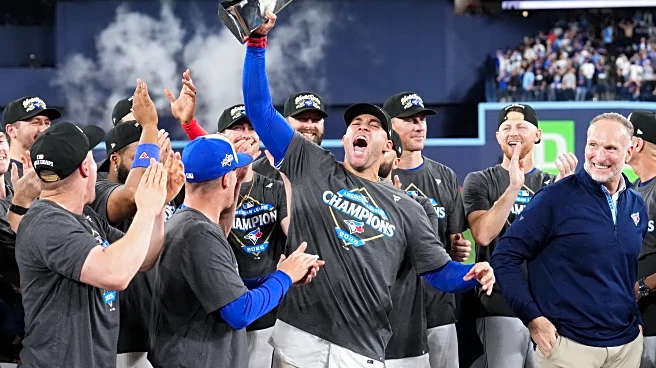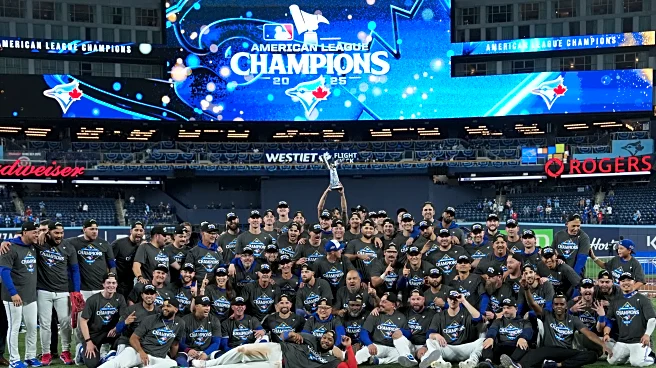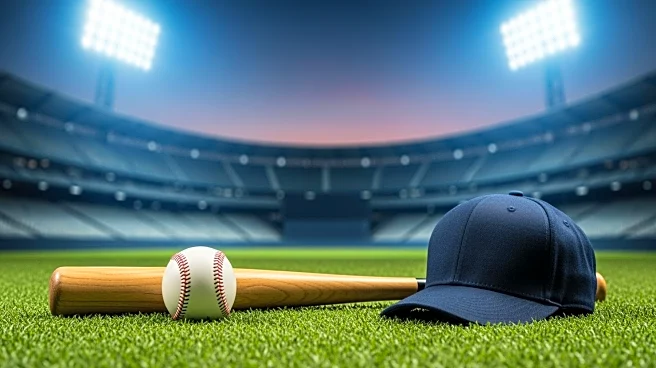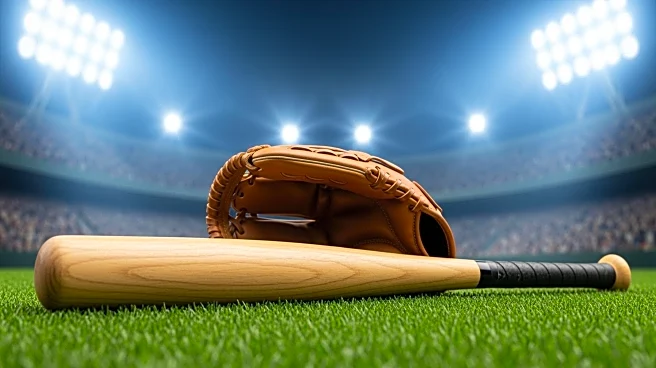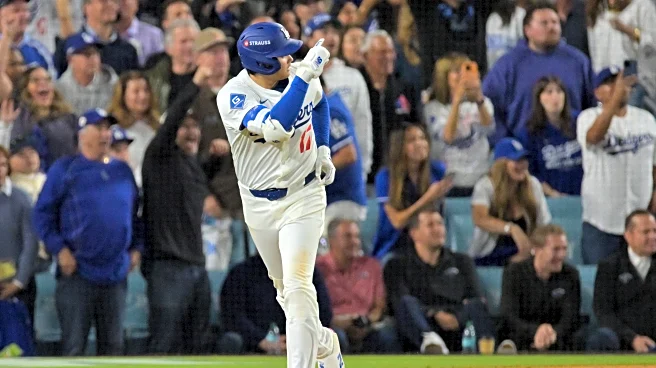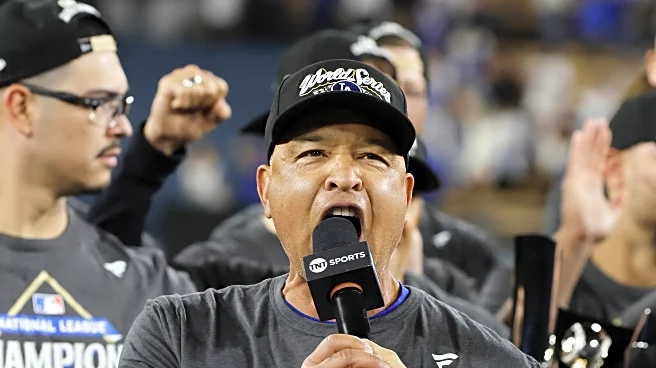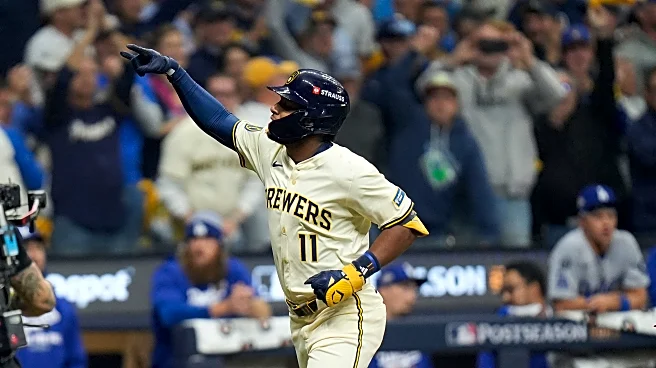George Springer’s three-run shot in Game 7 of the ALCS propelled the Blue Jays into a World Series matchup with the Dodgers, making this the fourth time since the start of 2018 that Los Angeles will face
an AL East club in the Fall Classic. It’s fitting that, although under very different circumstances, both sides would wrap up their League Championship Series with key performances from some of their top hitters, remembering Shohei Ohtani’s historic Game 4 as well.
Springer, Vladimir Guerrero Jr., and company have a particularly difficult task at their hands: finding a way to hurt the seemingly impenetrable Dodgers starting rotation, the driving force in this magnificent playoff campaign that’s seen the Dodgers lose but a single game on their way to the World Series.
The path seems easier in hindsight, but the primary reason why the Dodgers won the vast majority of what were often close games in this postseason comes down to their starting pitching and how they dominated top-caliber hitters. In the NLDS, the trio of Bryce Harper, Trea Turner, and Kyle Schwarber got a total of one hit off a Dodger starter in the three Phillies losses. The one game in which they got something going led to a blowout Phillies win. Everyone wanted to talk about the little things that took the Brewers to the best record in the NL, but at its core, Milwaukee had a lineup with three legitimate All-Star bats. Jackson Chourio, William Contreras, and Christian Yelich were all shut down in one of the most underwhelming hitting displays of a team in postseason history.
Toronto’s offense and its ability to flip the script on that will prove key in this series. Vladimir Guerrero Jr. comes into the World Series with an OPS this postseason of over 1.300. Dodger fans know full well the postseason prowess of George Springer, who managed to come out of nowhere to put up the best numbers of his outstanding career in his age-36 season. These two performing to the best of their abilities can pave the way for the whole lineup to flourish. There is also the wild card named Bo Bichette, whose likely return from a knee sprain that’s kept him out for a month and a half adds great depth to this lineup. Bichette bounced back tremendously well after a couple of down seasons, and if he can hit the ground running, the Jays’ lineup gets a massive boost.
On one hand, you could argue that, for as great as Seattle’s pitching is, these Jays haven’t seen anything like what they’re about to. On the other hand, the Dodgers’ starting pitching, for as dominant as it has been, might also be facing its biggest test.
Although Snell and Yamamoto, and their performances against the Brewers, would have you believe otherwise, postseason innings won’t be covered just by starters, and at some point, the bullpen will come into play from both sides.
The Dodger bullpen struggles have been well-documented. Although one might argue that at this point, it’s suffering from the inevitable, almost subconscious comparison with the outstanding work by the rotation, rather than actually being that much of an outlier in terms of poor performance.. Chalking up Game 1 of the NLCS to more luck than skill, the relievers showed up in the final two games at home, when the starters couldn’t go more than six innings.
In fact, if we make a comparison, the Blue Jays’ bullpen has actually fared worse in the playoffs, with the caveat of being judged over a larger sample.
- Postseason bullpen stats
- Dodgers: 4.88 ERA in 27 2/3 IP, 18.3-percent strikeout rate, 15.1-percent walk rate
- Blue Jays: 5.52 ERA in 45 2/3 IP, 25.6-percent strikeout rate, 11.8-percent walk rate
And this is no small sample issue, as Toronto also had its problems during the regular season, finishing the year with a bullpen ERA of 3.98.
The Dodgers found their closer in Roki Sasaki to match what the Blue Jays have in Jeff Hoffman, but beyond those two, there isn’t a lot of overwhelming confidence on either side. Look no further than the fact that Toronto wrapped up Game 7 using Kevin Gausman and Chris Bassitt. The former is understandable—that you’d default to your ace in a key spot—but Bassitt didn’t even have a particularly good season and was handed a crucial inning. The jitters Dodger fans get when Blake Treinen is handed the ball in a crucial inning are similar to what Blue Jays fans experience with Louis Varland on the mound. Although his postseason ERA (3.27) doesn’t look particularly bad, he has given up key homers to Aaron Judge and Cal Raleigh; they just happened not to cost the Blue Jays in the end.
Treinen and Varland are both incredibly capable pitchers, and for a variety of reasons, will be called on again in crucial moments. Whichever of them can overcome recent struggles and be most effective will also go a long way in helping determine the outcome of this World Series.
